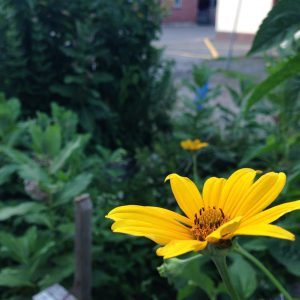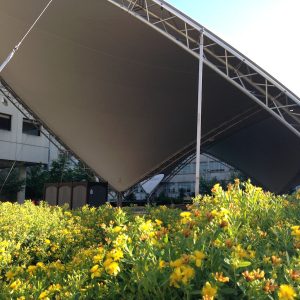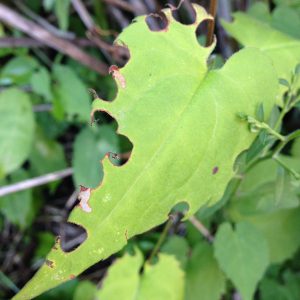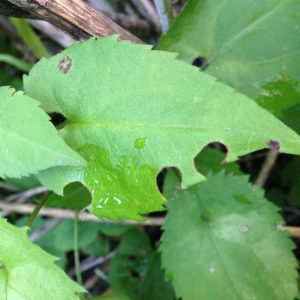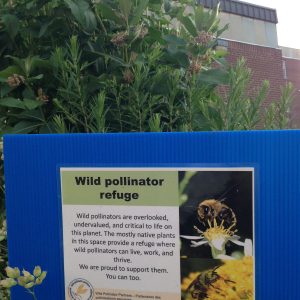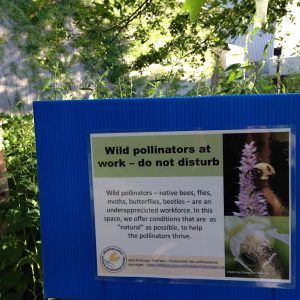by Renate Sander-Regier
The 2019 season has been slow at the University of Ottawa – for pollinator activity, pollinator habitats, and pollinator surveys. But more and more flowers are appearing throughout campus, and a new team of volunteers has been conducting surveys and working on the pollinator habitats. Here is a photo update.
Flowers
The cool, wet spring this year delayed flowering, and the plants are starting to make up for lost time – with some blooming periods a bit mixed up. Here is a selection of current blooms from various pollinator survey sites, including deliberately established pollinator habitat, and other campus landscape plantings.
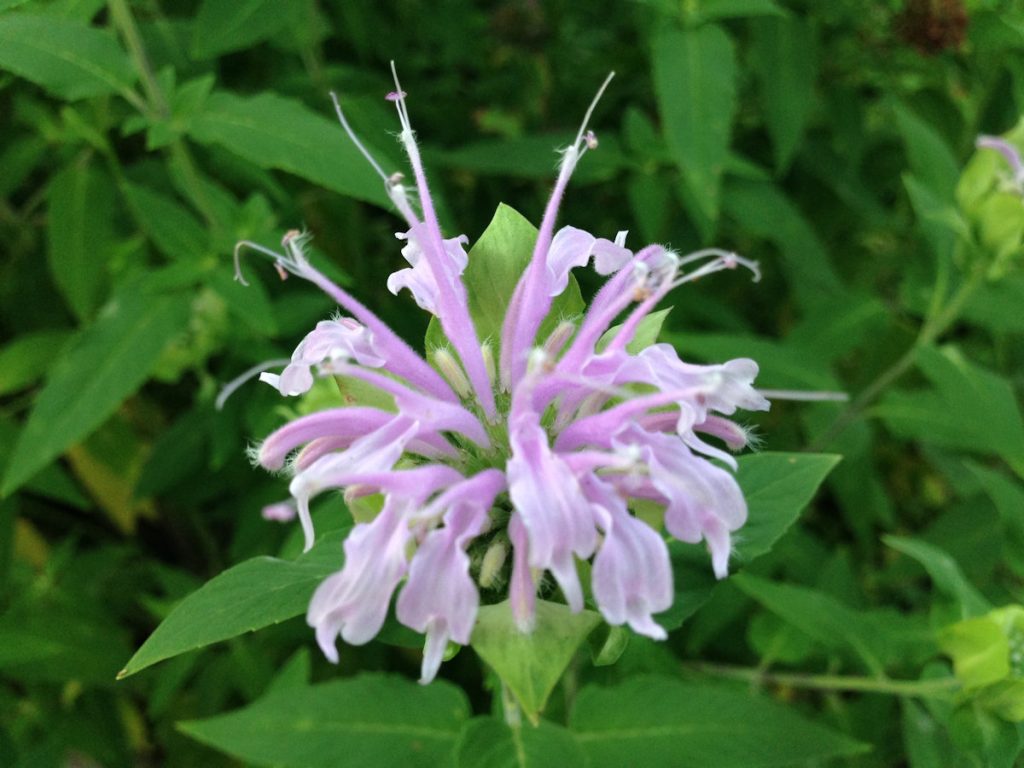
Wild Bergamot (Monarda fistulosa) starting to flower behind the Leblanc residence. This plant is very attractive to pollinators, and we have found it to be well behaved in various garden situations.
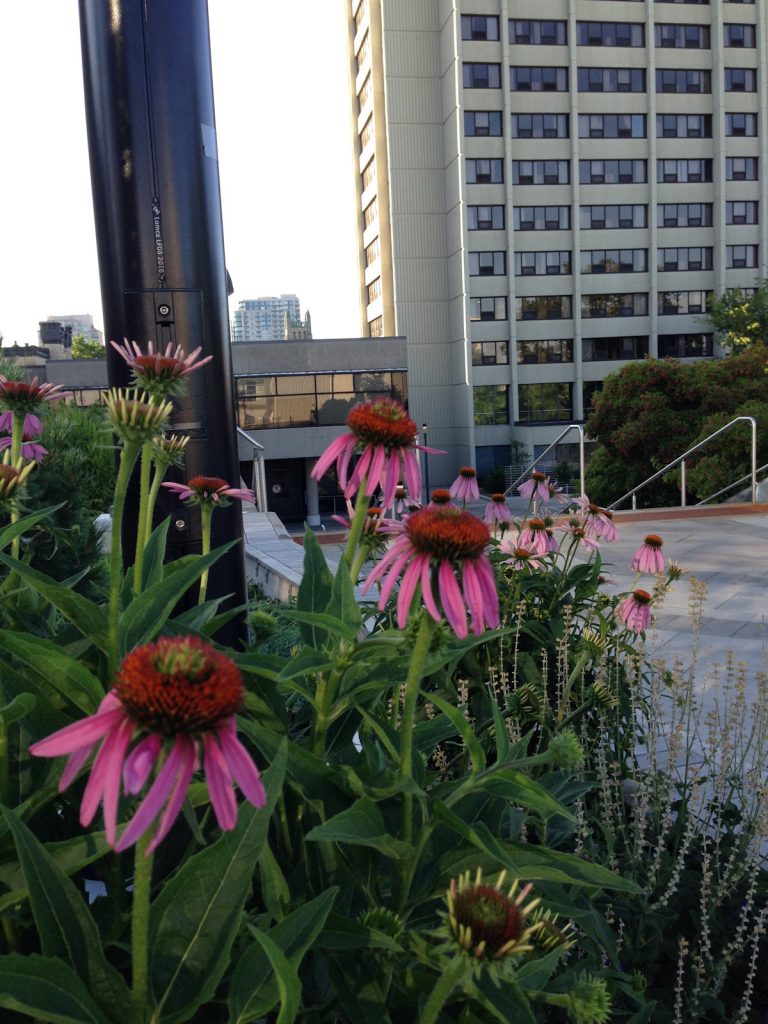
The university added Purple Coneflower (Echinacea purpurea) to the recently renovated Morisset Terrace. Bumblebees are also drawn to this attractive perennial.
Pollinator diversity
It is not easy to capture good photos of pollinators in action. Many fly very quickly, making their movements difficult to follow. And when they stop, they rarely stay put long enough to have their picture taken.We have not managed to take publishable photos of the smaller bees and flies, so you will have to believe us when we report sightings of the usual campus pollinator diversity: Bumblebees, various Flower Flies, and lots of smaller wild bees including Lasioglossum, Andrena, Ceratina, Halictus, Augochlora, Agapostemon, Megachile, and Nomada.A 2018 account of campus pollinator diversity offers excellent photos of some smaller native bees: Campus walks for pollinators
Signs of pollinator activity
It is not always necessary to see pollinators in action to know that they are present. We have, for example, been finding signs of leafcutter bee activity around the Leblanc pollinator planting area since early July.
Leafcutter bees are working hard in other pollinator habitats too: Leafcutters in the Corner Pollinator Garden
Pollinator signs
This year we have been putting up WPP-PPS signs around pollinator habitats on campus.
You too can add a sign to your pollinator habitat. Read more here: Signs of the times
